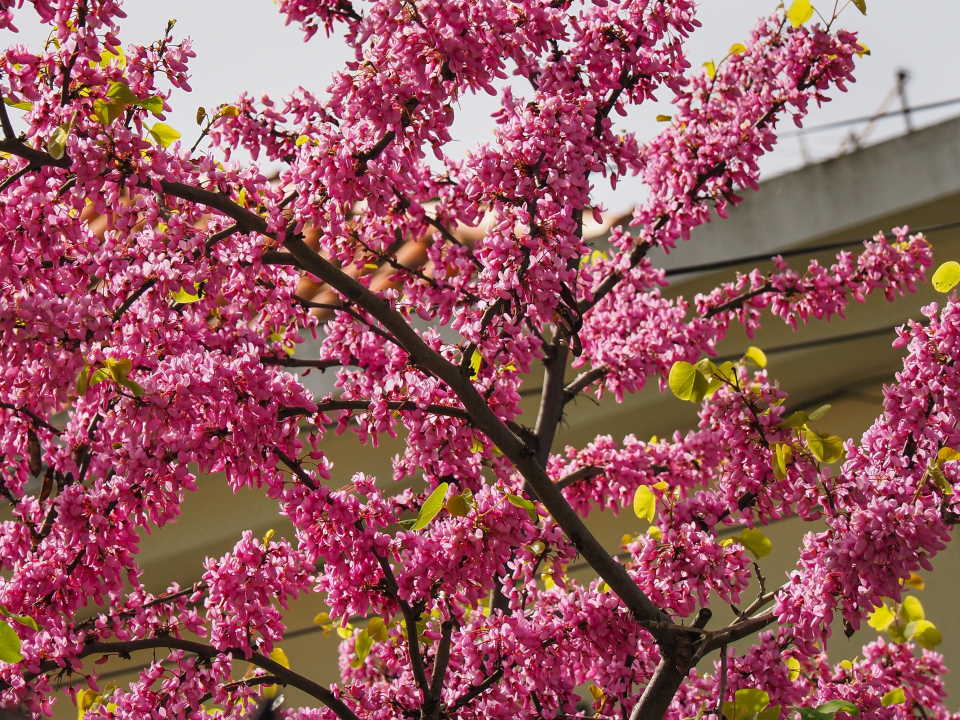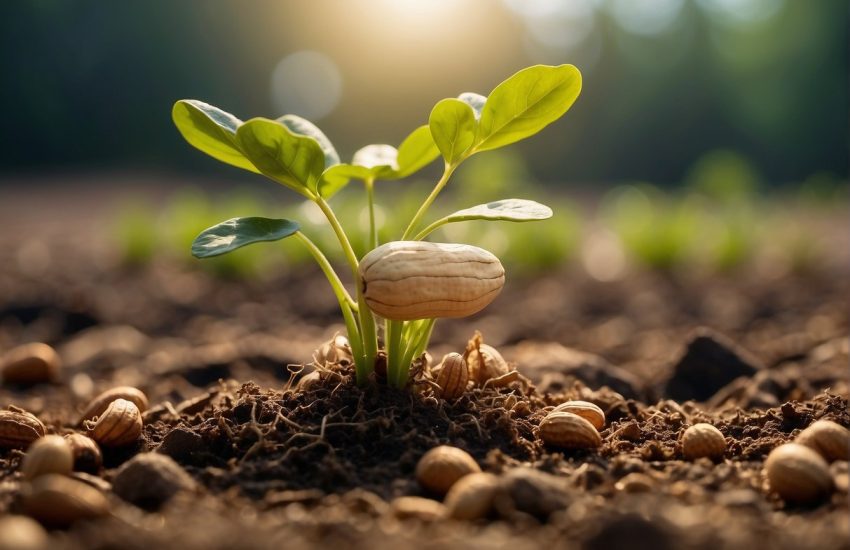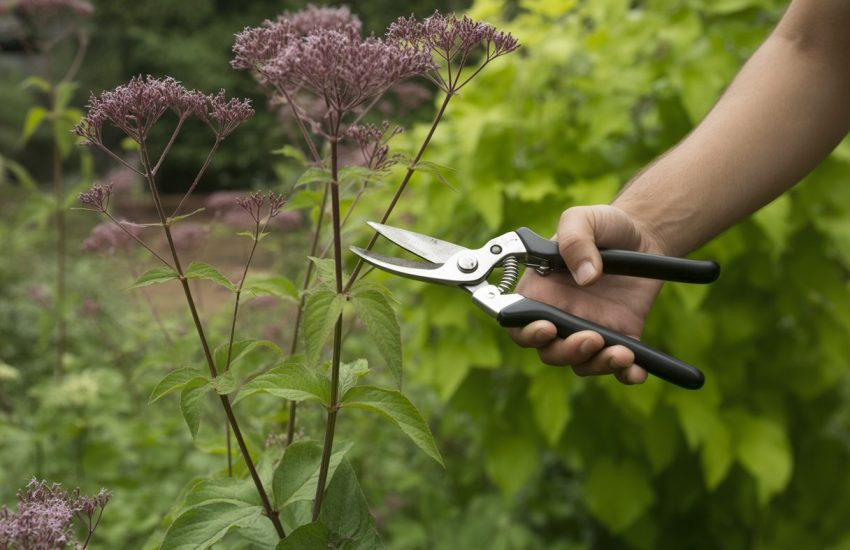European Redbud Tree: How To Grow & Care
This tree, often known as the Judas Tree or European redbud, has some of the largest complete blooms in the redbud genus.
The European redbud tree would be a small tree growing with rounder, heart-shaped leaves that would be appealing. Groups of pea-like flowers grow around the branches and trunk in the spring. These pink flowers bloom before the leaves in early spring and have been followed by lengthy, flat, deep purple pods that dangle decoratively all through the tree.
Physical Characteristics
The European redbud is a deciduous tree that grows to a height of 12 m (39 ft) and a width of 10 m (32 ft) at a moderate rate. It flowers in May, ripens and produces seeds in September. Bees pollinate the species, which would be self-fertile (has both male and female parts).
How to plant a European Redbud Tree

The majority of Judas trees have been offered as potted plants, allowing them to be transplanted at any period of the year. The optimum seasons to plant are in the spring and fall, when the soil becomes warm and moist.
- Dig a square hole twice as broad as your root ball and twice as deep as your root ball.
- Take the visual analog from the container and loosen the roots with your fingers. To aid the plant’s establishment, sprinkle some mycorrhizal fungi around it.
- Place the seedling in the planting hole. Backfill with a soil-garden compost or well-rotted manure mixture.
- Gently press in and fill with water.
Caring for a European Redbud Tree
After planting, water a baby European redbud tree regularly until the roots have formed. Mulch in the spring to encourage healthy development. Watering must not be required for established trees because they would be drought resilient.
European redbud trees flower on at least one-year-old growth, so keep that in mind when pruning. If necessary, trim the plant after flowering to keep it in shape.
You may also be inerested in:


